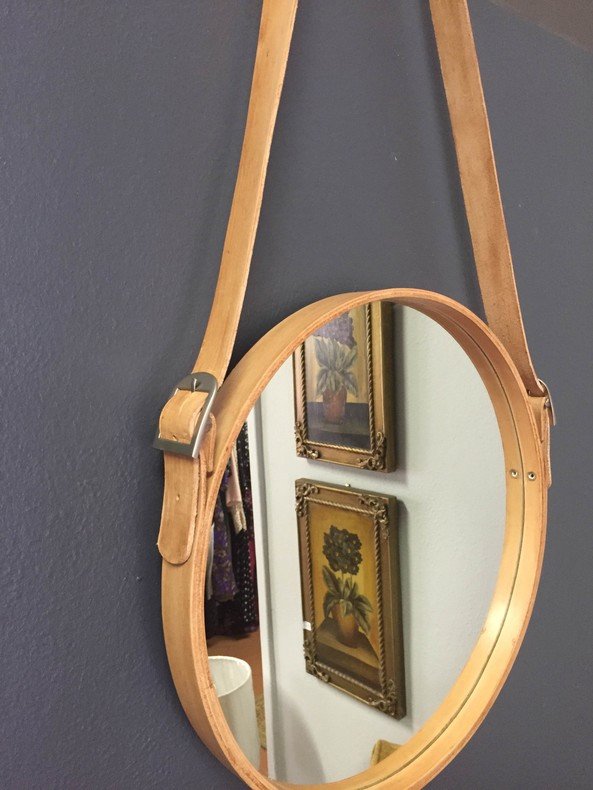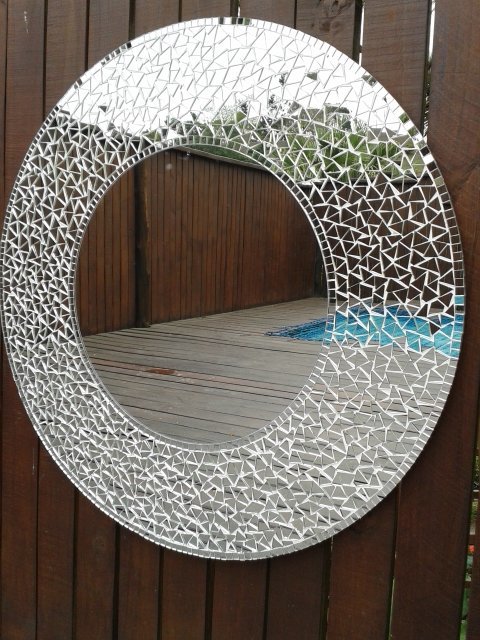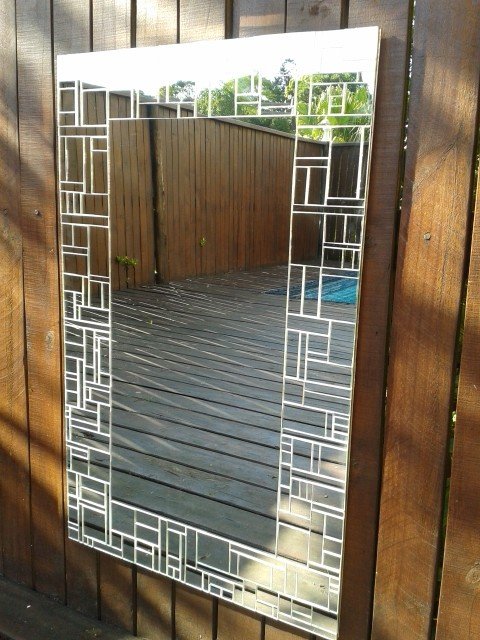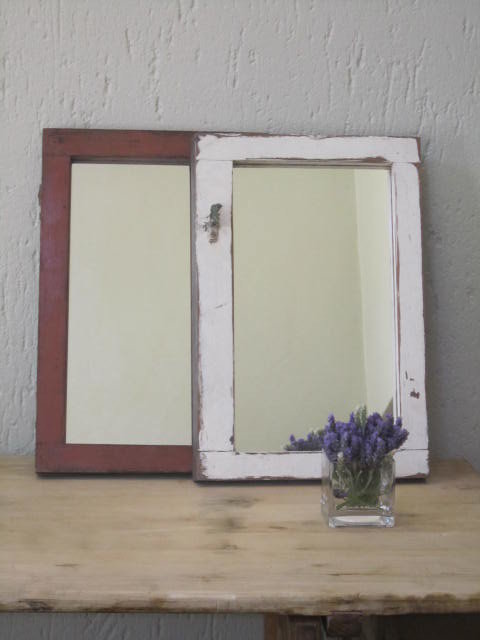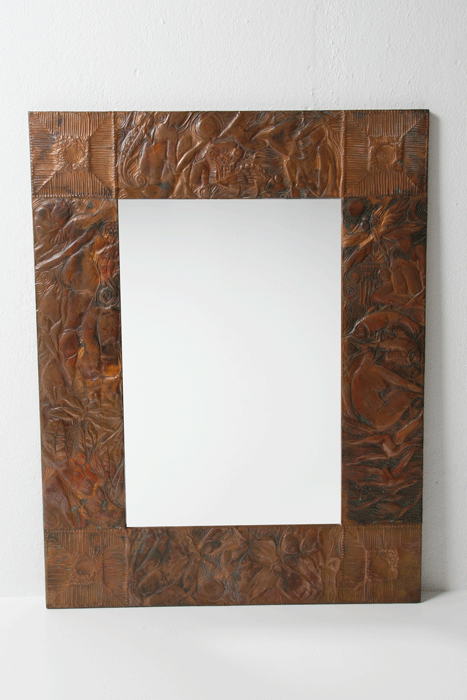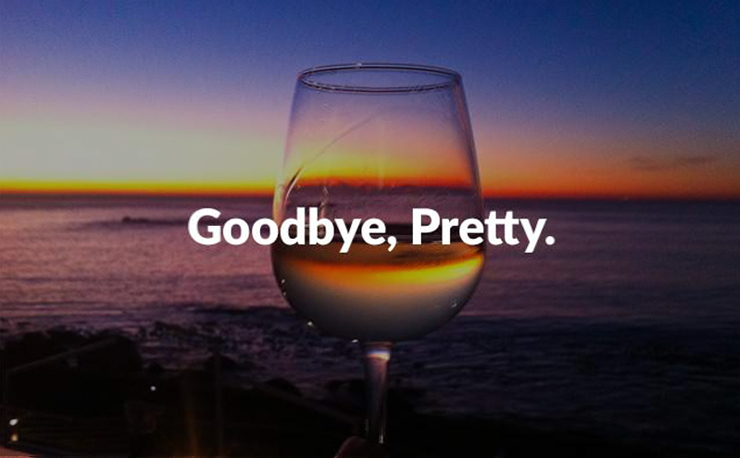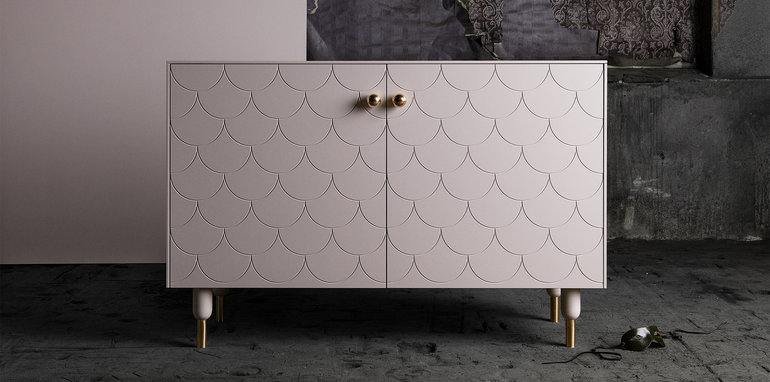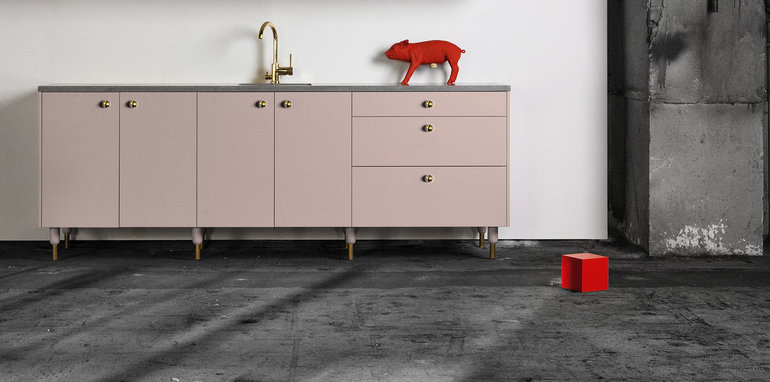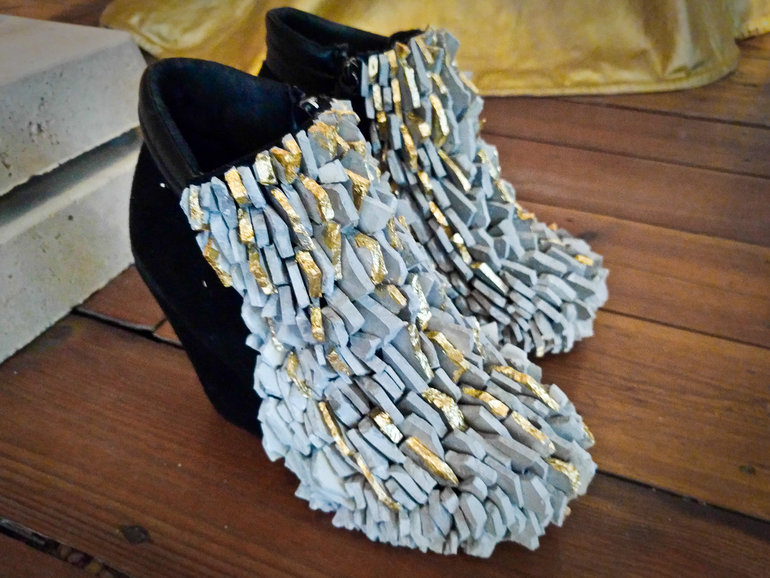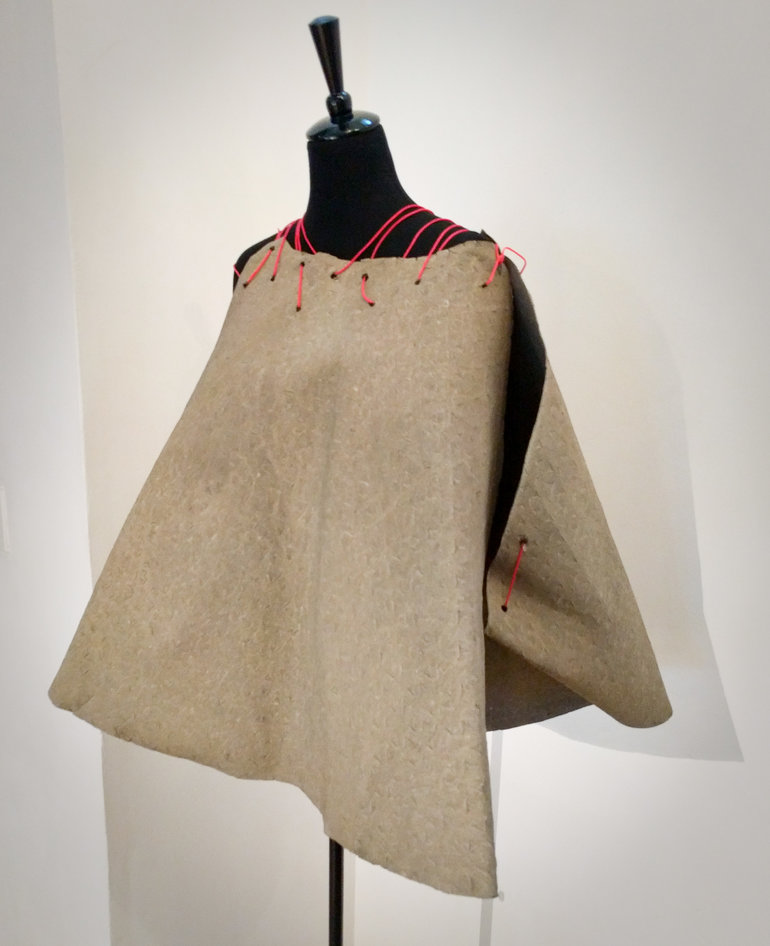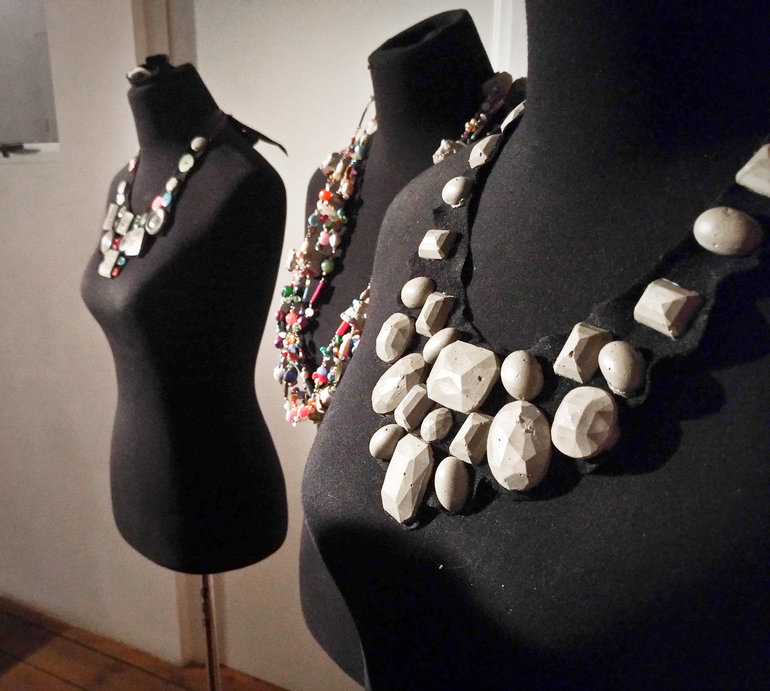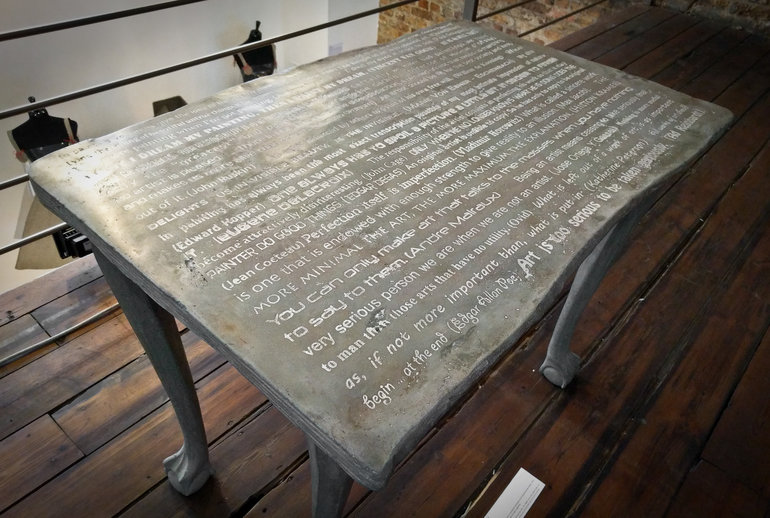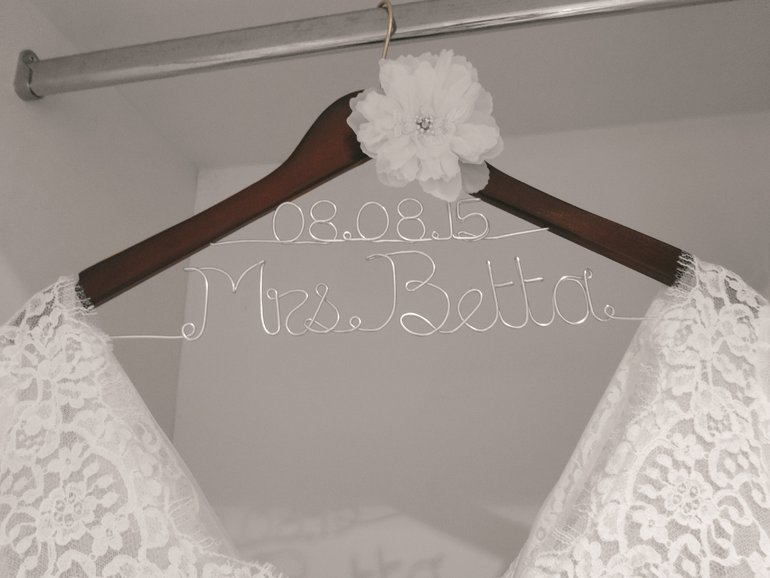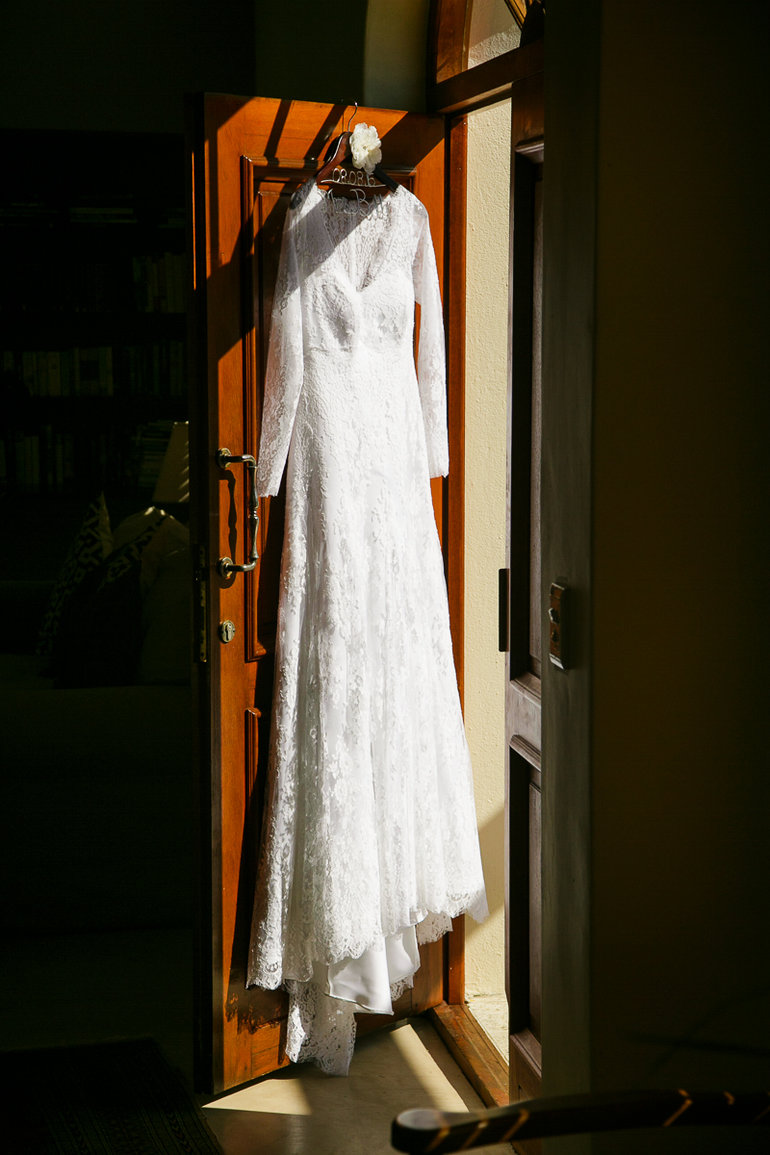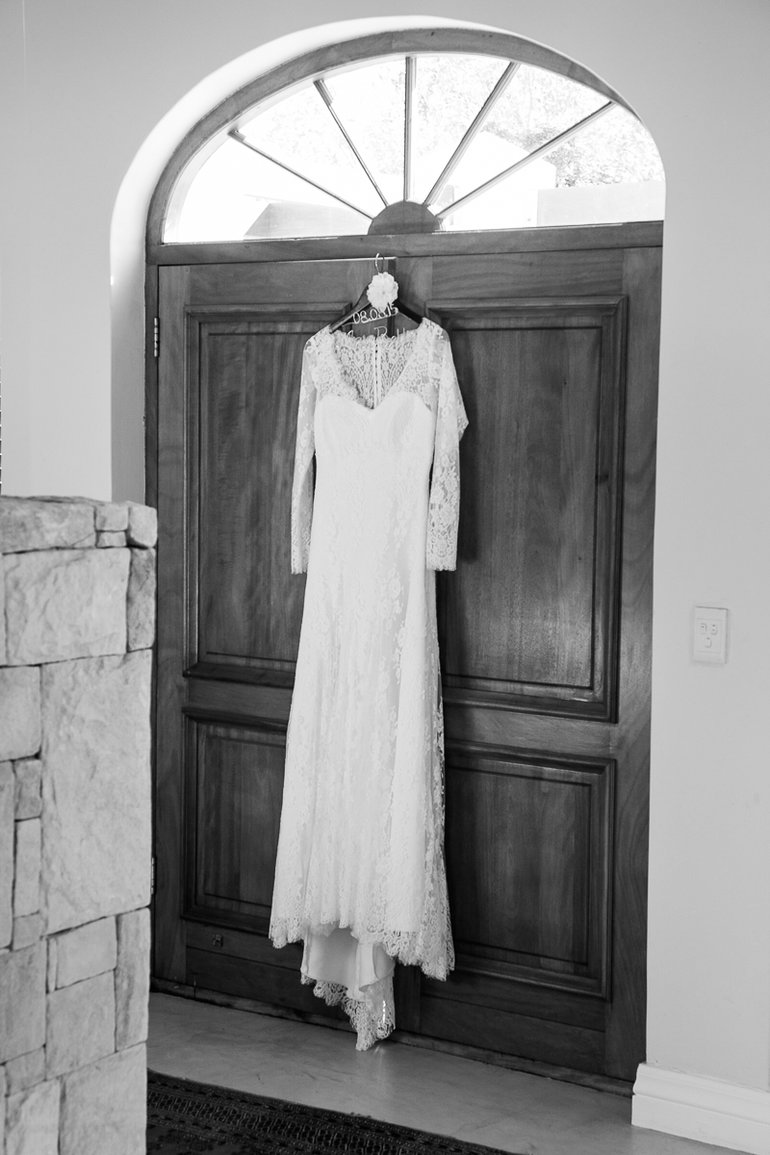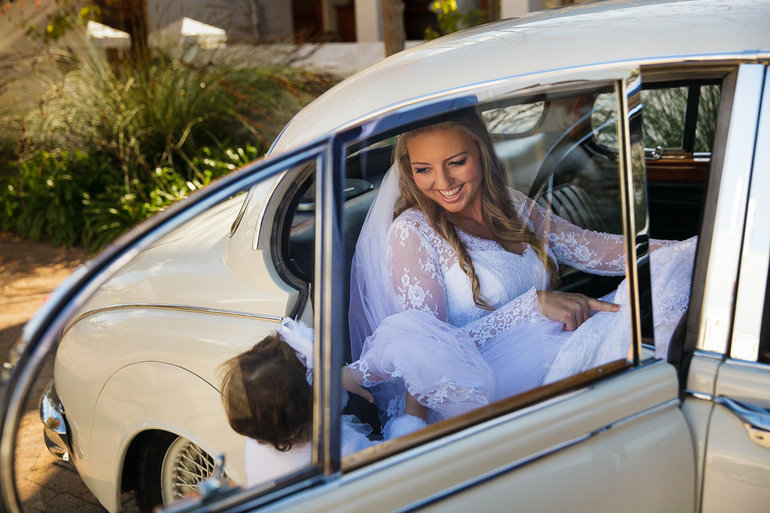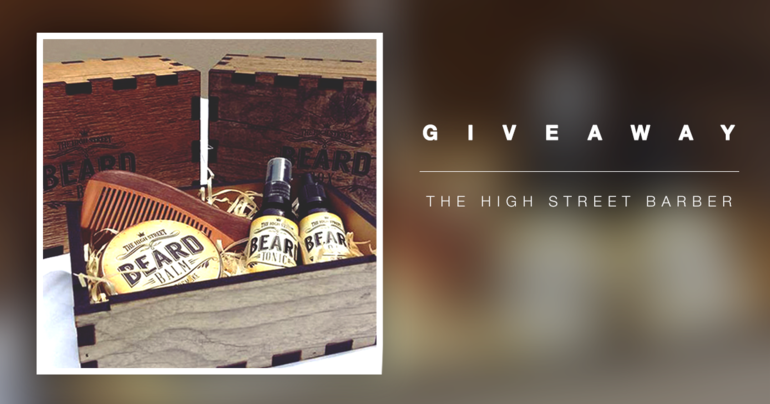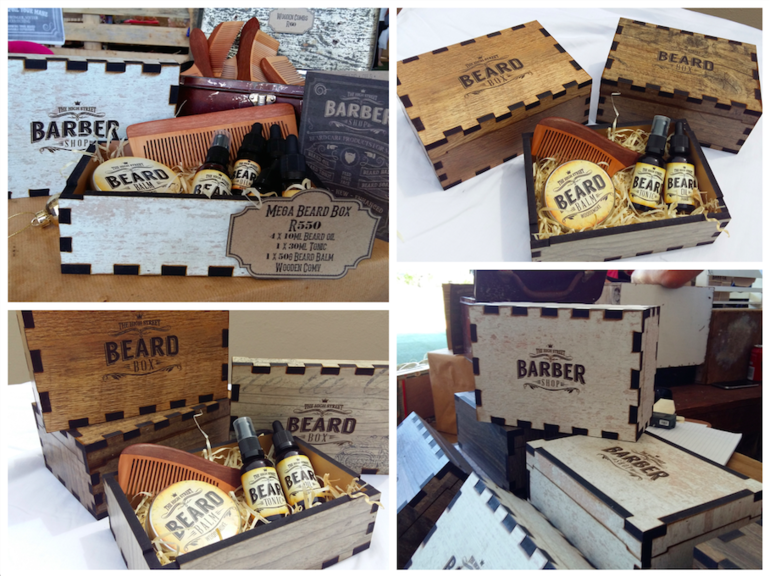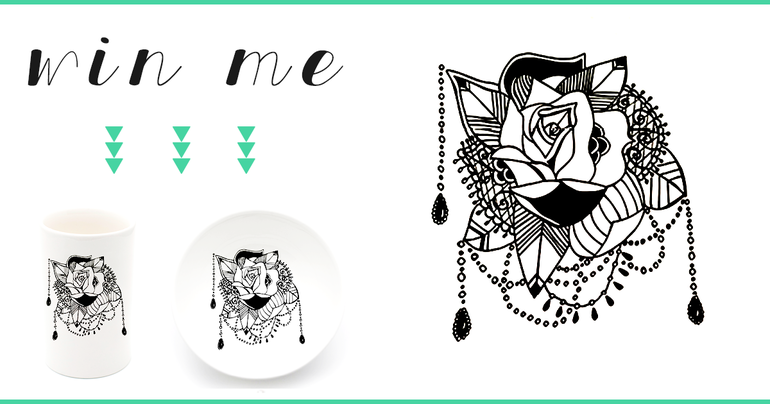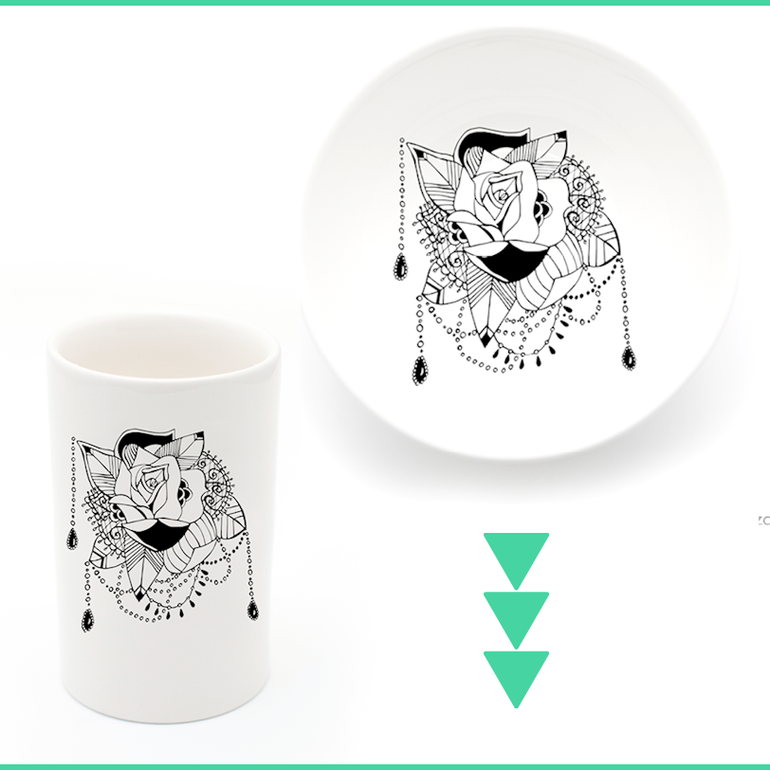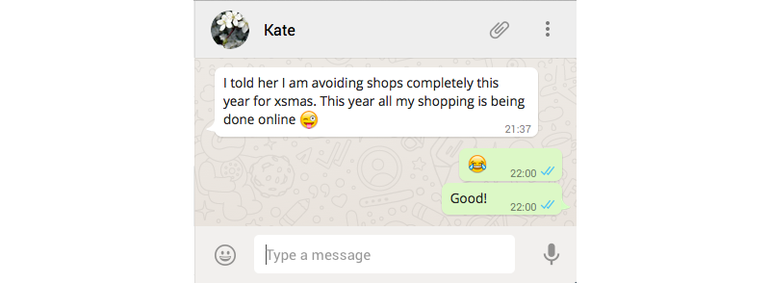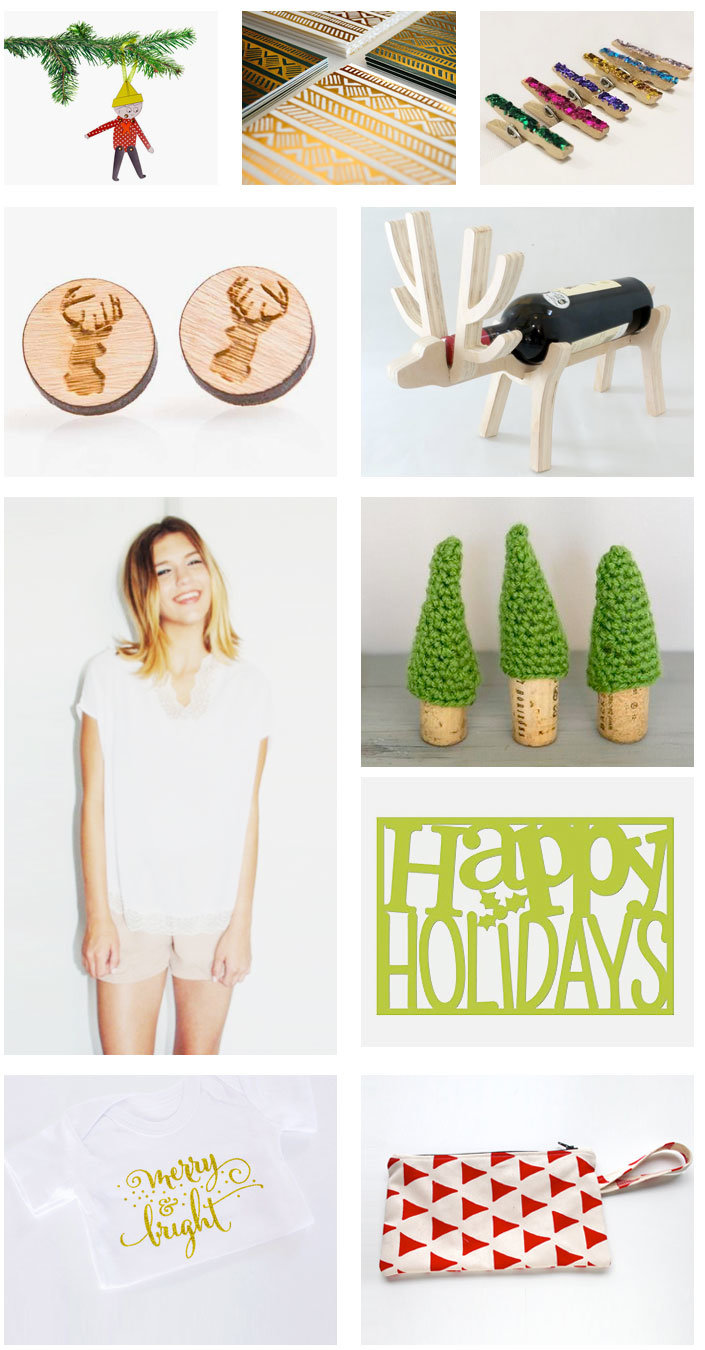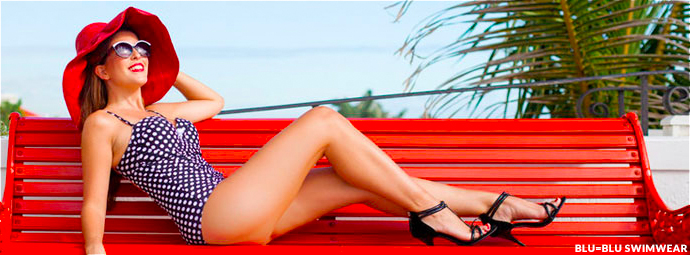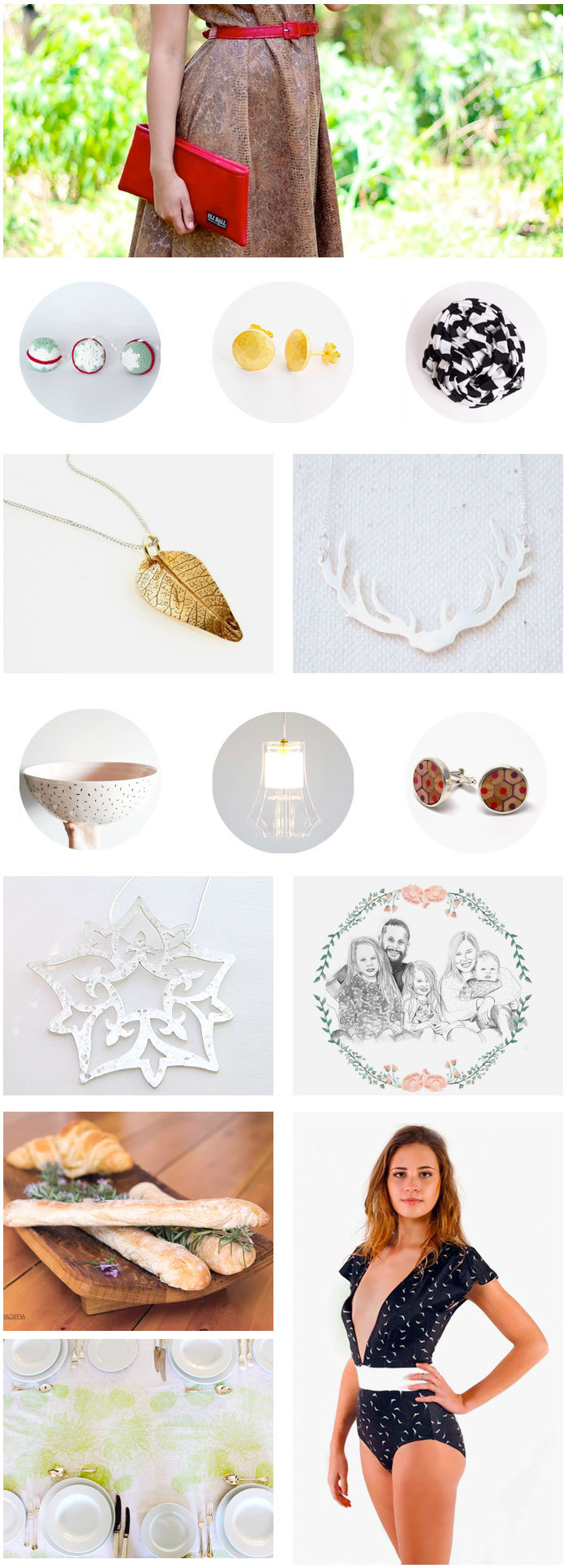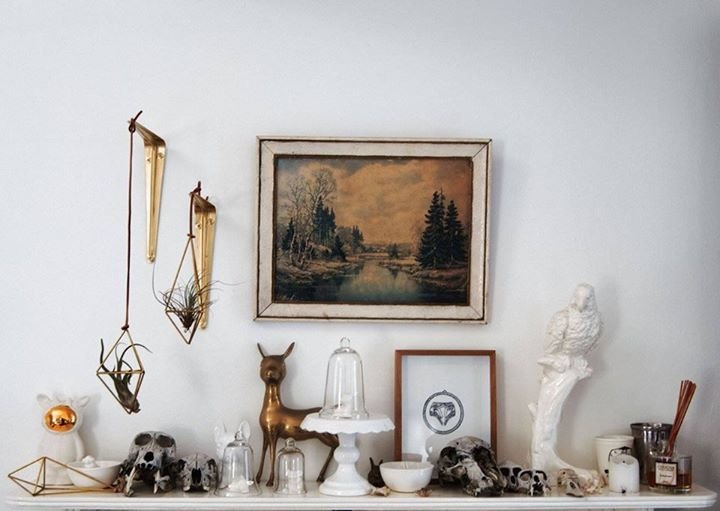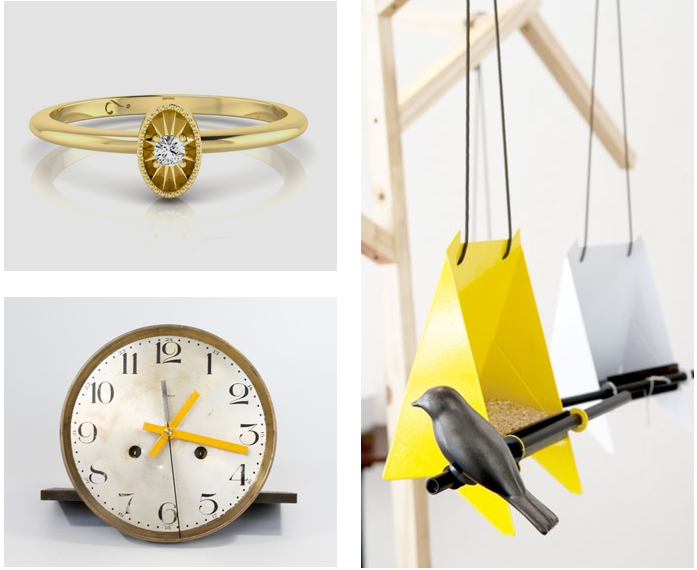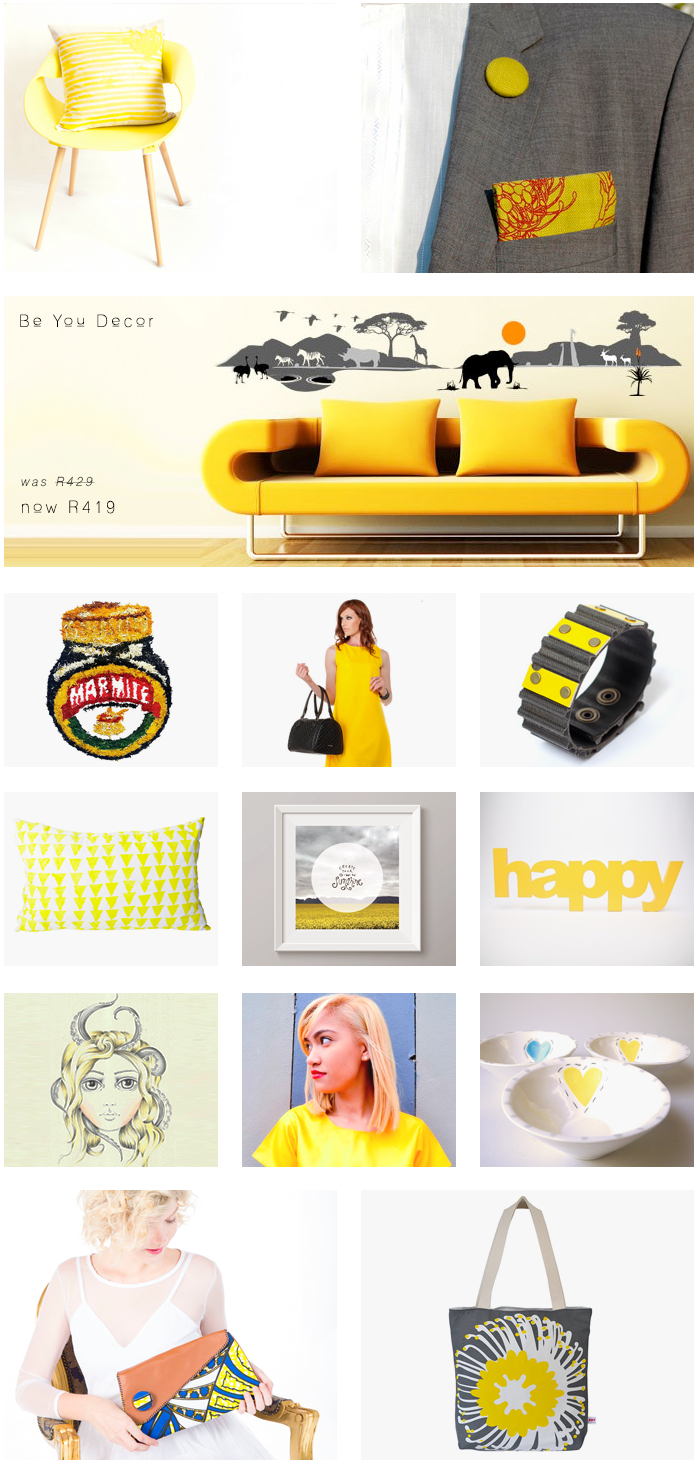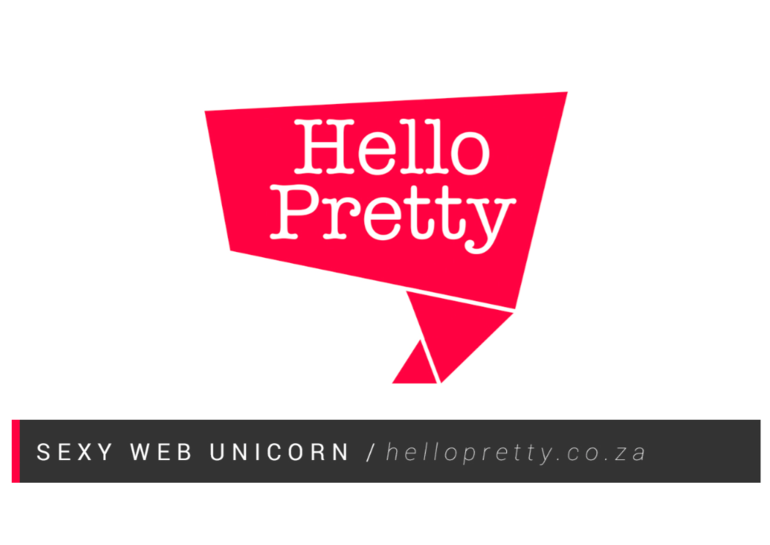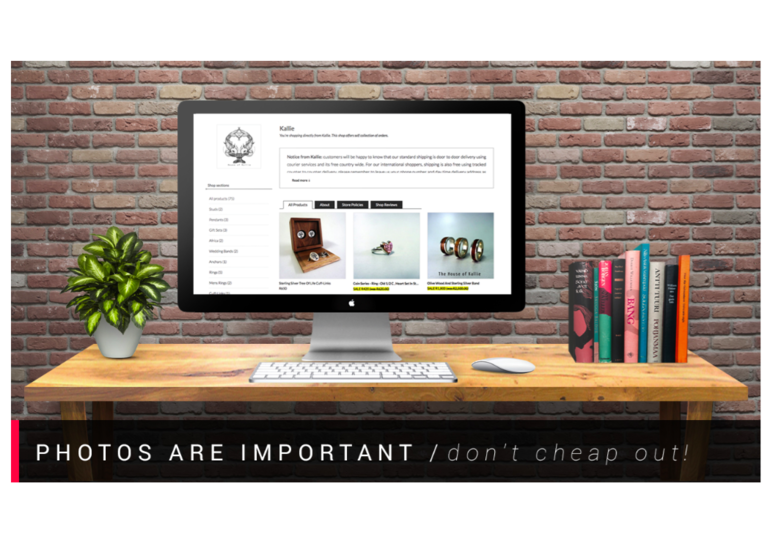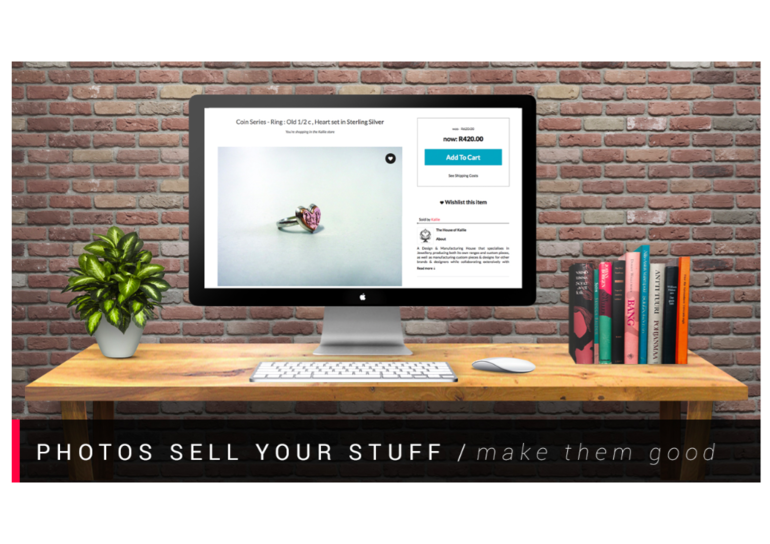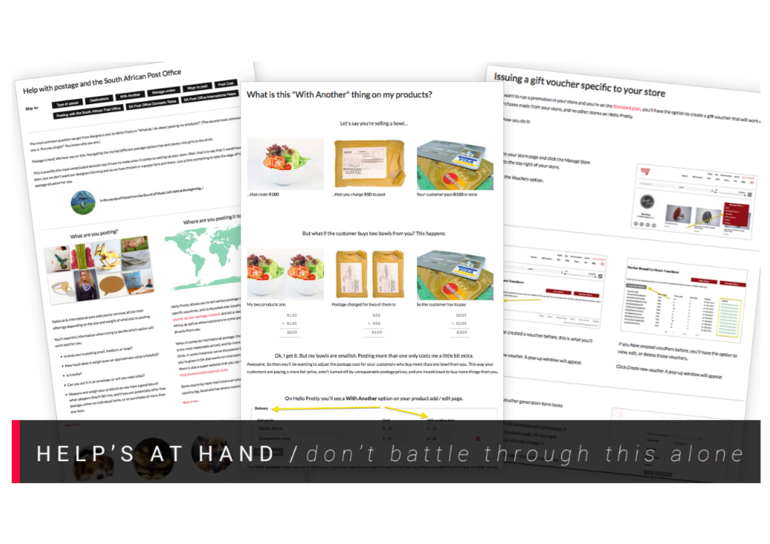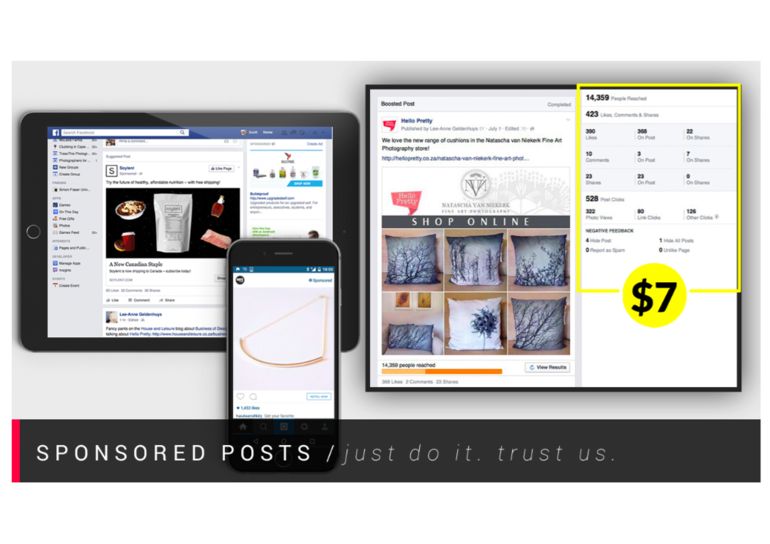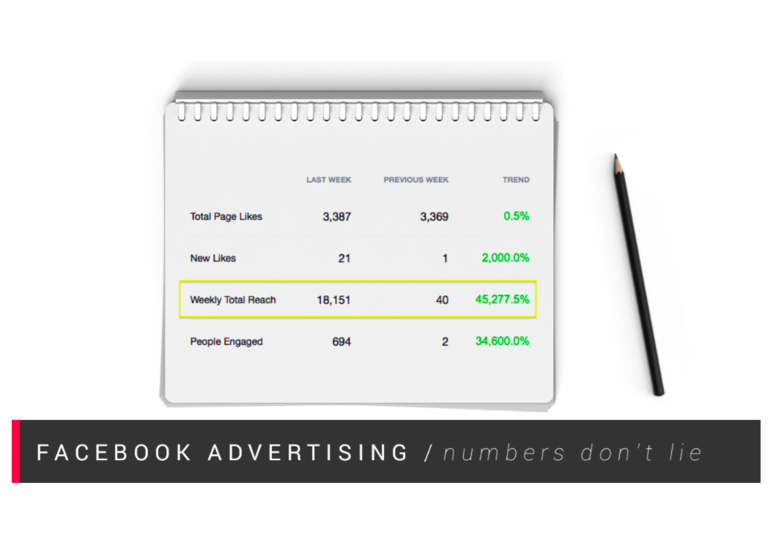SHIPPING: - back to this bugbear.
Once you've found a service that suits your business needs, you need to set up a fee
structure for customers.
We've come to fnd that customers HATE paying for shipping - they would rather pay more for an item with free shipping. It's a negative perception that people seem to have - almost as though they feel it’s a hidden expense. I have friends that actually log out entirely when they see a separate shipping charge as they go through the checkout process. We encourage sellers to build their shipping fee (or part of it) into their product price and offer free or cheaper shipping. That way the customer feels that they’re paying a once off, all inclusive fee, as opposed to having to pay for what they feel are hidden add ons. Your offering all of a sudden appears to be of more value to your customer, and can be an effective incentive for them.
Something interesting that we’ve come across is that the product price sweet spot is R250 - R500. Anything less than that can seem as though it’s not worth the effort of going through the whole ordering process and then waiting for delivery and so forth. Anything more than that becomes more of a splurge item - something that needs to be saved for. Our average sale price is between R500 and R600, and this stays the same month on month. We’re defnitely not saying this is the be all and end all of online shopping, but it’s what we’ve seen happen repeatedly over the course of the last three years.
Detailed store policies are also important, but needn't be overly lengthy and involved. Simply stating the manufacturing lead time, shipping lead times, shipping method used, returns policies which are especially important when dealing with clothing items, and a sizing chart if you need it will do the trick. Again, because customers cannot see or handle the items in person, you need to give them as much information as possible to put their minds at ease.
And most importantly,
MARKETING
You have your platform, payment gateways and friendly local courier all set up. You have beautiful product photos and product descriptions and store policies that we will write songs about. Now what?
We put a huge amount of effort into marketing and promoting the site and our designers, but at the end of the day there are over 1500 designers on the site, and we can't monitor everyone at all times. As we're a marketplace and not a traditional online store, the bulk of the marketing must come from the individual designers themselves, but this applies no matter what your business is. As with normal brick and mortar businesses, the people who make the most sales are the ones that actively promote their store and their products. You can’t sit back and rely on customers to simply come rushing in - you need to go out and fetch them. People won’t know to buy from you if they don’t know where to fnd you, or if you even exist.
Leverage social media. To get your brand out there, it's important to post regularly and interact with your followers as much as you can. When you mention a product, link directly to it, instead of just to your store - this leads potential customers straight to the thing that caught their eye. Online consumers tend to have short attention spans - make buying from you easy for them by removing as many barriers to entry as possible.
Social commerce is catching up fast, with various social media platforms continuing to roll out features to facilitate online shopping, like “buy now” buttons or store embeds on Facebook. Instagram, Twitter and Pinterest are all following suit.
Unfortunately we can no longer really escape paid media. We have and continue to experiment in the various social media platform ad offerings, but for someone starting out, we’ve noticed the most effective and cost friendly manner in which to drive sales is still Facebook advertising. We've found it to be the most bang for your buck in South Africa at the moment, because the market isn’t as saturated as abroad just yet. We've seen better results with promoted posts as opposed to normal Facebook adverts, simply because they seem to drive sales in a more direct manner. Again, this is not the be all and end all of paid media and doesn't need to be expensive – we've seen notable results R100 at a time.
